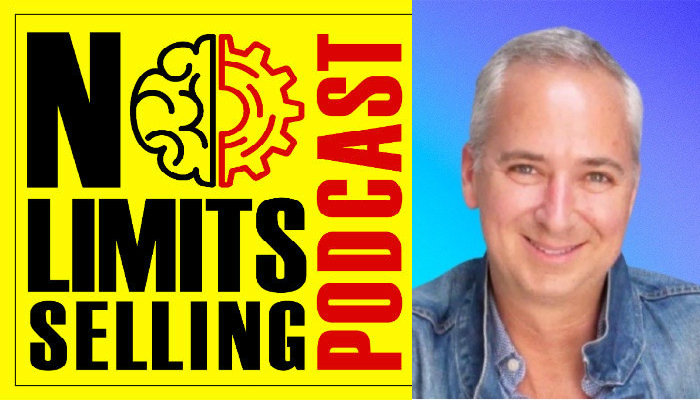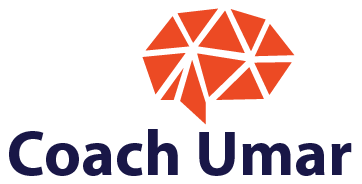Cameron Herold The CEO Whisperer
On Episode 109 of The No Limits Selling Podcast, we have Cameron Herold, known around the world as The CEO Whisperer. Companies are purchasing his books in bulk for employees to learn from, and his COO Alliance is helping hundreds of CEOs grow their businesses by growing their 2nds in Command.
We’ve invited Cameron as our speaker today so he can share with us his 25 years of mind shifting experience as a Business Growth Guru, having helped build TWO $100 Million Dollar companies by the time he was 42. We he did was so impressive; it became a case study at the Harvard Business School. He is now a coach to a monarchy & a “Big 4” wireless carrier as well as dozens of CEOs & COOs. His successes (and yes, the occasional failures) have given him insights into tried-and-true systems that work. His work has helped his companies be featured in the Associated Press, Bloomberg, New York Times, Wall Street Journal, Fortune, as well as TV shows like Oprah.
The Publisher of Forbes Magazine said “Cameron Herold is THE BEST SPEAKER I’ve ever heard.” Let’s give him a huge welcome to the stage…

Contact Cameron:
[EDITOR’S NOTE: This podcast is sponsored by No Limits Selling. It is a fun, fast-paced podcast that delivers hard-fought business advice that you can implement today to improve your sales and performance]
Interested In Our Real Estate Coaching Services? Explore Our Website: Link
Feeling Not Well Today? You Can Use Our Mindset Boosters App To amp Up Your Mood: Link
Find us on Social Media:
LinkedIn | Facebook community | Instagram
Like what do you listen to? Subscribe to our podcast!
Ready to become fearless? We can help you become fearless in 60 days so you accomplish more in your career Schedule A 15 min Call with Umar
Summary
Introduction and Background
The podcast begins with an introduction of Cameron Herold, the founder of COO Alliance, an author, and an entrepreneur. Cameron shares his experience with the company "1-800-GOT-JUNK", where he was the 14th employee. He helped grow the company from a small business to a household name.
The Power of PR
Cameron discusses the power of public relations (PR) and how it can be more valuable than advertising. He mentions his book "Free PR", which he co-authored with Adrian Salamunovic. The book covers traditional PR strategies and also delves into digital PR, which has become increasingly important in the modern business landscape.
Building a Successful Company
Cameron shares his formula for success, which is Focus x Faith x Effort = Success. He explains that companies need to be focused on their goals and plans, have faith in their team and their abilities, and put in the necessary effort to achieve their objectives. He emphasizes that these three elements need to be at a high percentage for a company to have a high chance of success.
The Journey with 1-800-GOT-JUNK
Cameron shares his journey with 1-800-GOT-JUNK, where he helped grow the company from a small business to a well-known brand. He discusses the challenges and the growth phases of the company. He also shares the story of his departure from the company, stating that he was the wrong person to take the company from $100 million to $1 billion, although he was the right person to get it from $1 million to $100 million.
Conclusion
In this podcast, Cameron Herold, a renowned entrepreneur, author, and founder of COO Alliance, shares his insights on business growth, the power of public relations, and his personal journey with the company "1-800-GOT-JUNK". He emphasizes the formula for success as a combination of focus, faith, and effort, and illustrates this through his experiences in transforming "1-800-GOT-JUNK" from a small venture to a household name. He also discusses the evolution of PR, highlighting the importance of both traditional and digital strategies in the current business landscape. Despite his eventual departure from "1-800-GOT-JUNK", Cameron's insights and experiences provide valuable lessons for entrepreneurs and business leaders on the dynamics of business growth, the importance of adaptability, and the value of maintaining confidence and faith in one's abilities.
Questions & Answers
Who is Cameron Herold?
What is Cameron Herold's formula for business success?
What is the COO Alliance?
What are Cameron Herold's views on Public Relations (PR)?
What is Cameron Herold's connection with "1-800-GOT-JUNK"?
What are some key takeaways from Cameron Herold's podcast?
Don’t miss this opportunity to transform your real estate career with one-on-one coaching. As an experienced real estate coach, I, Umar Hameed, am dedicated to helping you unlock your full potential and achieve your real estate goals. To learn more about who am I and my clients ↓
If you’re ready to take the next step, book an appointment with me today and begin your journey toward success in the real estate industry.
